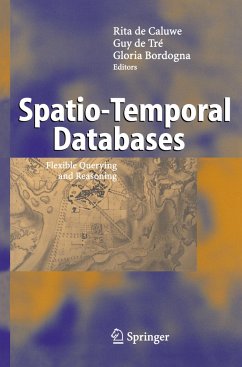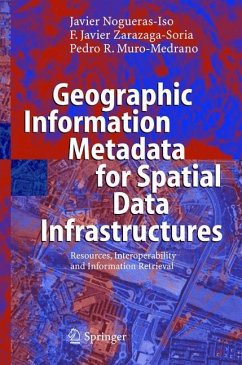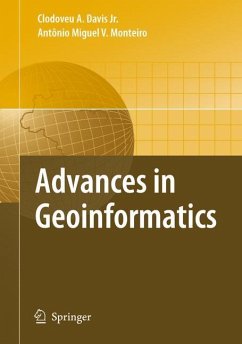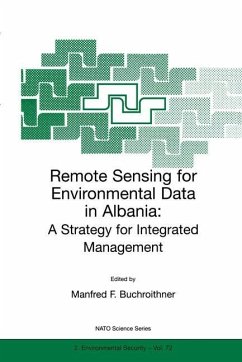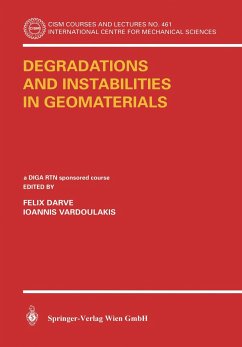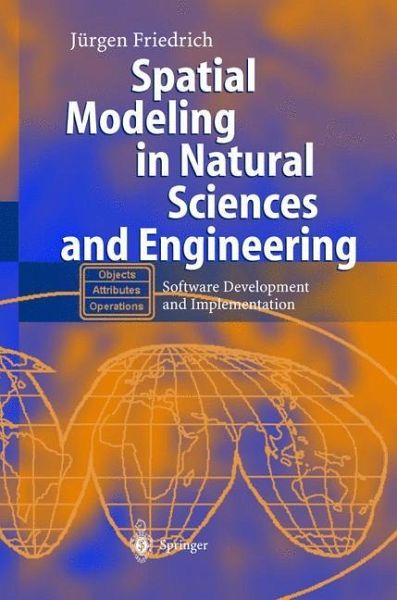
Spatial Modeling in Natural Sciences and Engineering
Software Development and Implementation
Versandkostenfrei!
Versandfertig in 1-2 Wochen
77,99 €
inkl. MwSt.
Weitere Ausgaben:

PAYBACK Punkte
39 °P sammeln!
The author introduces the reader to the creation and implementation of space-related models by applying a learning-by-doing and problem-oriented approach. The required procedural skills are rarely taught at universities and many scientists and engineers struggle to transfer a model into a computer program. The purpose of this book is to fill this gap. It moves from simple to more complex applications, covering various important topics in the sequence: dynamic matrix processing, 2D and 3D graphics, databases, Java applets and parallel computing. A file (SMOP.zip) with all examples can be downlo...
The author introduces the reader to the creation and implementation of space-related models by applying a learning-by-doing and problem-oriented approach. The required procedural skills are rarely taught at universities and many scientists and engineers struggle to transfer a model into a computer program. The purpose of this book is to fill this gap. It moves from simple to more complex applications, covering various important topics in the sequence: dynamic matrix processing, 2D and 3D graphics, databases, Java applets and parallel computing. A file (SMOP.zip) with all examples can be downloaded free of charge from the Internet at http://de.geocities.com/bsttc2/book.






